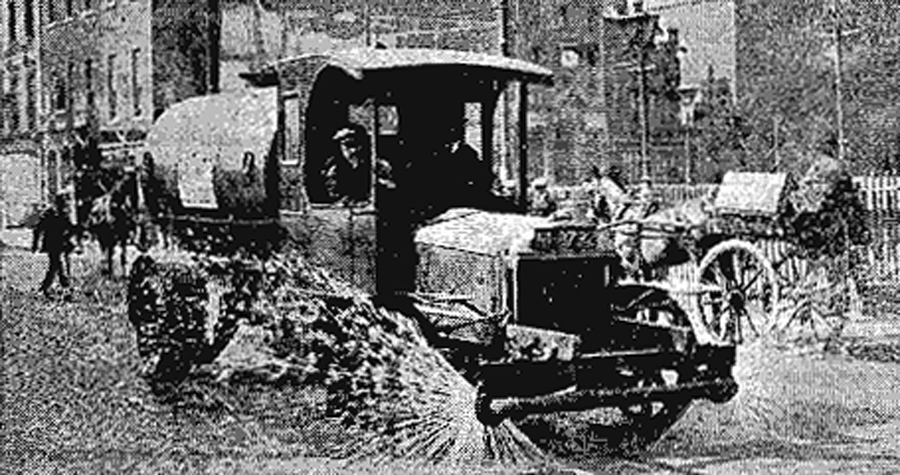After driest June in 50 years, July heatwave brings fears of water famine
Dublin, 11 July 1921 – Temperatures reached 32 degrees celsius in Dublin today which, in combination with months of dry weather, has contributed to drought conditions across the country.
The conditions have had a serious impact on farmers and the growing of crops. One agricultural expert has described the impact of the water shortage as ‘most severe.’ He explained: ‘Grass and pastures in light soils are scorched brown, and even the heavier areas have suffered severely.’ Crops are also badly affected by the lack of rainfall, and further damage is being caused by the fact that the current conditions are favourable to a number of pests including caterpillars, greenflies and beetles.
In Dublin city and suburbs, there were reports of people being treated in their homes and in hospitals for exhaustion and mild heart attacks. In today’s Irish Times, one Dublin resident has complained of the ‘objectionable odour’ that is emanating from most of the road gullies in the city as the water required to seal these gullies has dried up.
In Limerick, 18 cases of dysentery have been attributed to the shortage of water and the excessive heat.
According to a report of the Rainfall Association, no rain fell at all during the month of June in Kinsale or Ballinacurra and the highest recorded rainfall for the month, at 5.1cm, was at Derravoher in Limerick. The total rainfall for the month as observed at the ordnance survey office at Dublin’s Phoenix Park was a mere 0.68cm.
Lough Funshinagh, near Athlone is reported to have been reduced to a few small pools.
Notwithstanding the adverse effects of the dry spell, revellers have been taking advantage of the fine weather with tourists flocking to seaside resorts. In Dublin, there were large queues to board city centre trams bound for Dollymount and Howth on the northside and Dun Laoghaire and Dalkey on the southside.

Three women in the water at Blackrock Baths (Image: Freeman’s Journal, 11 July 1921)
[Editor's note: This is an article from Century Ireland, a fortnightly online newspaper, written from the perspective of a journalist 100 years ago, based on news reports of the time.]





















